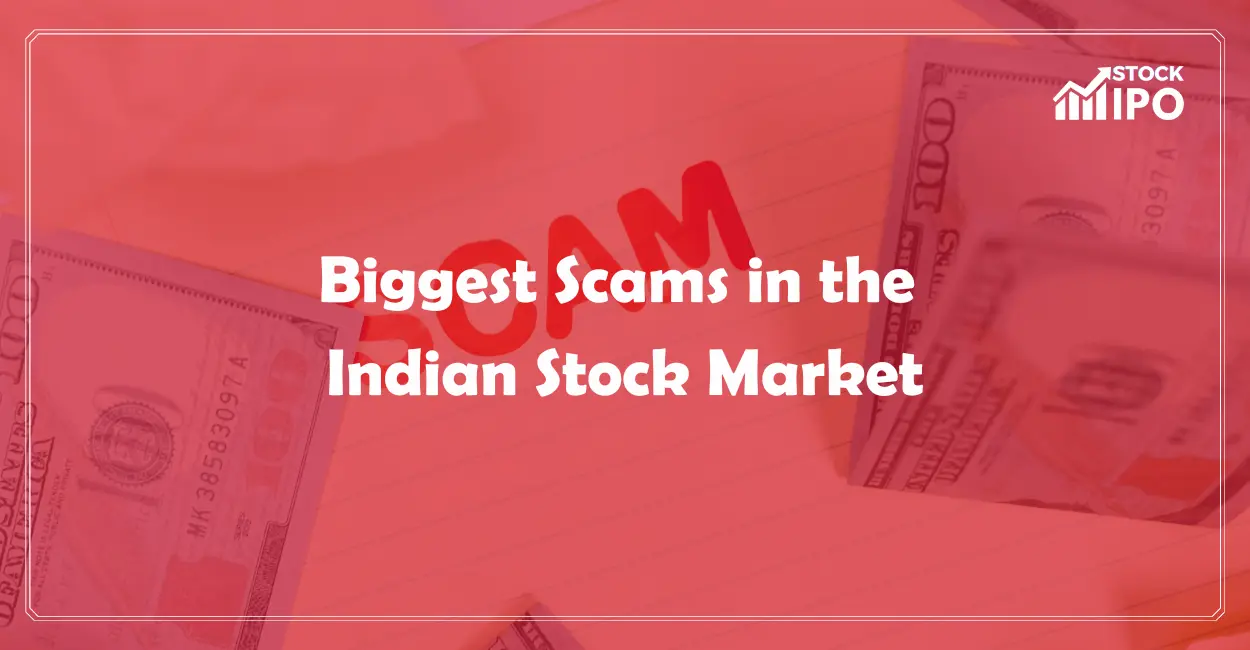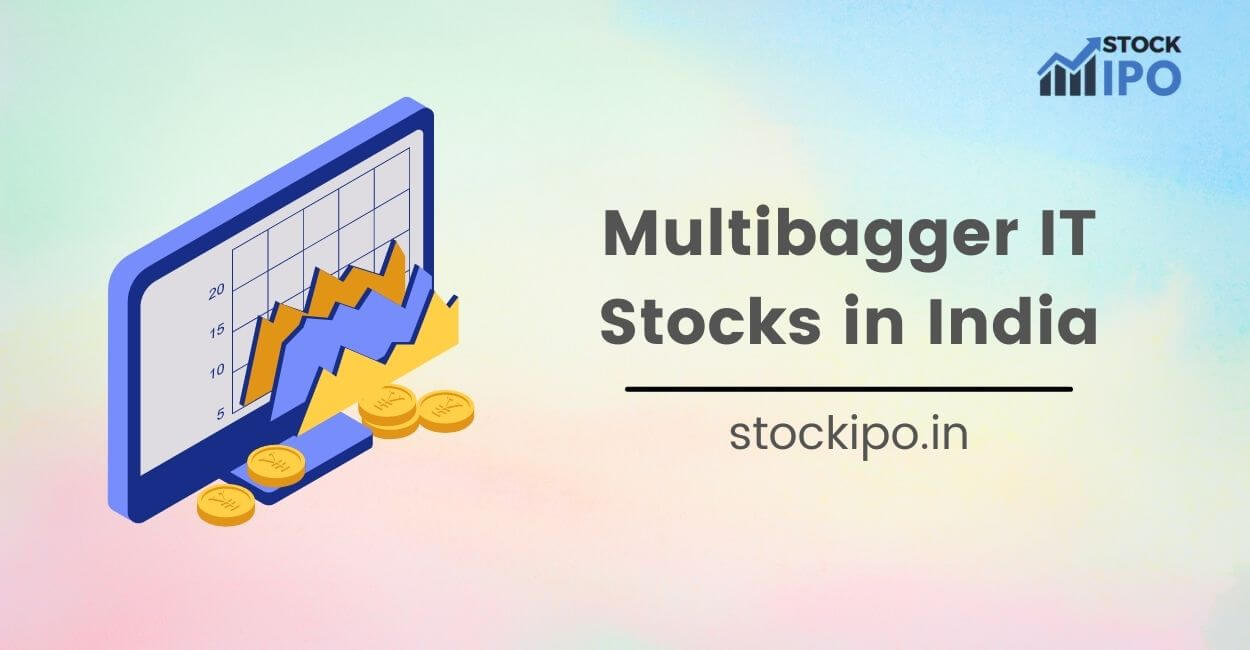Since its inception, the Indian stock market has seen numerous scams. These scams signaled the end of various loopholes in the Indian financial system and paved the way for the establishment of strong regulatory bodies. The Reserve Bank of India (RBI) oversees the banking sector, while the Securities Exchange Board of India .(SEBI) oversees the Indian stock exchanges, specifically the NSE and BSE .
The Indian stock market is one of the top five largest in the world, with a total market capitalization of approximately 3.21 trillion dollars. Aside from that, it contributes to the country’s GDP growth. Money’s widespread involvement and popularity have given rise to both greed and scams.
In this article, we will list the biggest Indian Stock Market Scams that exposed various loopholes.
Biggest scams in the History of the Indian Stock Market
1. Harshad Mehta Scam
| Year it was found | 1992 |
| Offender | Harshad Mehta |
| Amount Involved(Rs) | 4000 Cr. |
The Harshad Mehta scam in 1992 is considered one of the biggest scams in history.The famous web series “Scam 1992” was made showcasing this scam. The famous line “Risk hai toh Ishq hai” and the series has motivated many young investors to enter into the world of investing.
Harshad Mehta allegedly used the bank’s money to manipulate various stocks such as Apollo, Acc etc. With the help of some bank employees Mehta allegedly obtained fake bank receipts (BRs), which were then used to convince other banks to lend him money under the guise of lending against securities (g-secs). In reality the BRs held with the bank had no value. Through this way Harshad Mehta defrauded banks for a total of 4,000 crore, which he ultimately used to manipulate stock prices.
2. Satyam Scam
| Year it was found | 2009 |
| Offender | RamaLinga Raju |
| Amount Involved(Rs) | 7000 Cr. |
Satyam Computer services, was considered as the biggest IT giant in the early 21st Century. To get more funds they manipulated their financial statements in order to showcase fake growth of the company, as a result the company’s share obtained massive growth which roped in many investors to invest in the company.
As the Real Estate sector was booming , Satyam founder Ramalinga Raju had invested huge amounts obtained from the share growth in the real estate. Raju through his company Maytas Properties and infrastructure bought proposed land around metro routes.In 2008 he began to experience losses as a result of the 2008 recession, and the fake increase in his company’s revenue exposed the share market fraud he had committed. Following CBI’s intervention, Mr. Raju, the chairman of Satyam Computer Service Limited, admitted to his fraud in front of SEBI and received a prison sentence.
3. Ketan Parekh Scam
| Year it was found | 2001 |
| Offender | Ketan Parekh |
| Amount Involved(Rs) | 40,000 Cr. |
The only scam which could compete with the Harshad Mehta Scam is the Ketan Parekh Scam. It is considered as the second biggest scam in the history of the Indian Stock Market.
Ketan Parekh along with other brokers was allegedly involved in circular trading. In circular trading, groups of people join hands to transfer shares among them repeatedly in order to fictitiously increase the trading volume of various stocks. Circular trading usually creates a false notion of high trading volumes which lure many investors to invest in those stocks. Through this way Ketan Parekh manipulated the stock price of 10 stocks. Some are:
- GTL
- TIPS
- Mukta Arts
- Amitabh Bachhan Corp.
4. NSE Colocation Scam
| Year it was found | 2015 |
| Offender | Chitra Ramakrishna and some executives of NSE |
| Amount Involved(Rs) | 50,000 Cr to 75,000 Cr |
This is the scam which involved NSE’s top executives. The word “Colocation Scam” is derived from the colocation facilities which allows brokers to host their servers in the NSE data center, allowing them faster access to the NSE’s price feed. To take advantage of this information Chitra Ramakrishna, the former Ceo of NSE, along with her few employees collaborated with OPG securities which was responsible to provide a faster price feed. For instance, if anybody had a prior information that the particular stock is going to have fastest growth within an hour, this could provide him/her an unfair advantage over other and could help them to make unfair gains. This scam is estimated to be worth 50K to 75K crore.
5. Saradha Scam
| Year it was found | 2013 |
| Offender | Saradha Chit Fund |
| Amount Involved(Rs) | 2500 Cr |
The scam which made the foreign institutional investors hesitant in investing in the Indian Stock market. This scam has its name from the Saradha group which was a chit fund company. Their main business was to provide plenty of share market investment programs. Out of several investment programs they have launched, the Ponzi program was the different one, as they used this program to cheat millions of investors across the states. They collected big funds through plenty of innocent investors across various states such as Odisha, West Bengal, Jharkhand etc. As per the reports of the SIT, Saradha Group had mobilized Rs 2,459.59 crore through such programs.
Saradha scam came into light in 2013, surprisingly its impact was minimal on the share market. But it has created a sense of fear among foreign Institutional Investors.
6. UTI Scam
| Year it was found | 2001 |
| Offender | Unit Trust of India |
| Amount Involved(Rs) | 1,800 Cr |
The Unit Trust of India (UTI), established by a government act in 1963, has enjoyed a large-scale monopoly over the last 24 years. When UTI was founded, the people had little involvement in the stock market, mutual funds, and other financial instruments. Despite this, UTI has amassed a sizable customer base during its 24-year monopoly, with assets under management (AUMs) totaling $6,700 million in 1988.
The UTI scam is also known as the mutual fund scam. The player behind this scam was the UTI-launched Assured Return Scheme (ARS). According to the scheme, people who invested through UTI used to get high guaranteed returns. As the equity market is volatile, providing guaranteed returns was nearly impossible.
Stock prices were falling in 2001 as a result of the Ketan Parekh scam and other factors. This prompted investors to sell their UTI units. Because the UTI unit price was arbitrarily set and exceeded the actual value of the assets, the increasing number of investors wishing to redeem their units put a tremendous strain on UTI. This led to the biggest Mutual fund crisis worth at least 1800 crore.
Final Thought
The occurrence of these scams has resulted in the establishment of stricter rules and regulations. SEBI, the regulatory body, has implemented numerous regulations to prevent various fraudulent activities such as insider trading, circular trading, stock manipulation, and so on. As a result, the Indian stock exchange has become significantly more transparent and secure.







